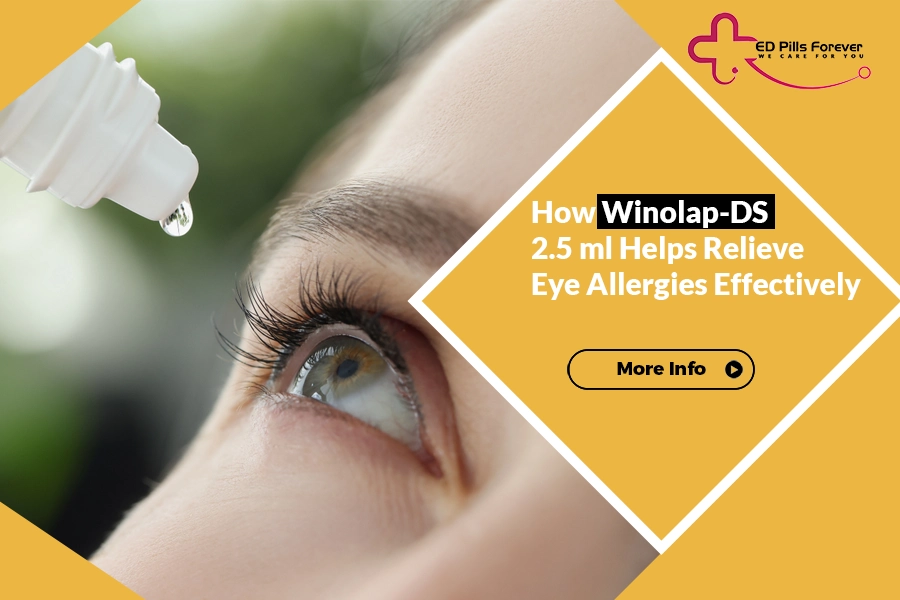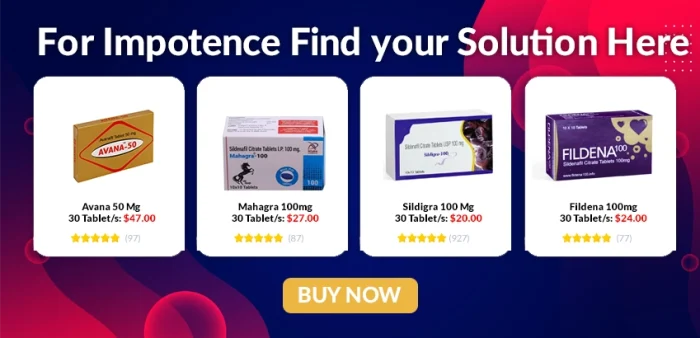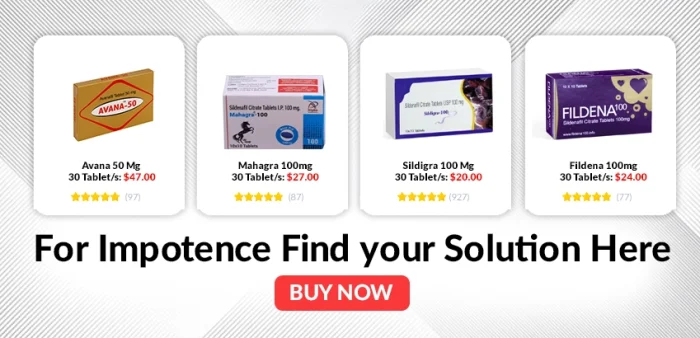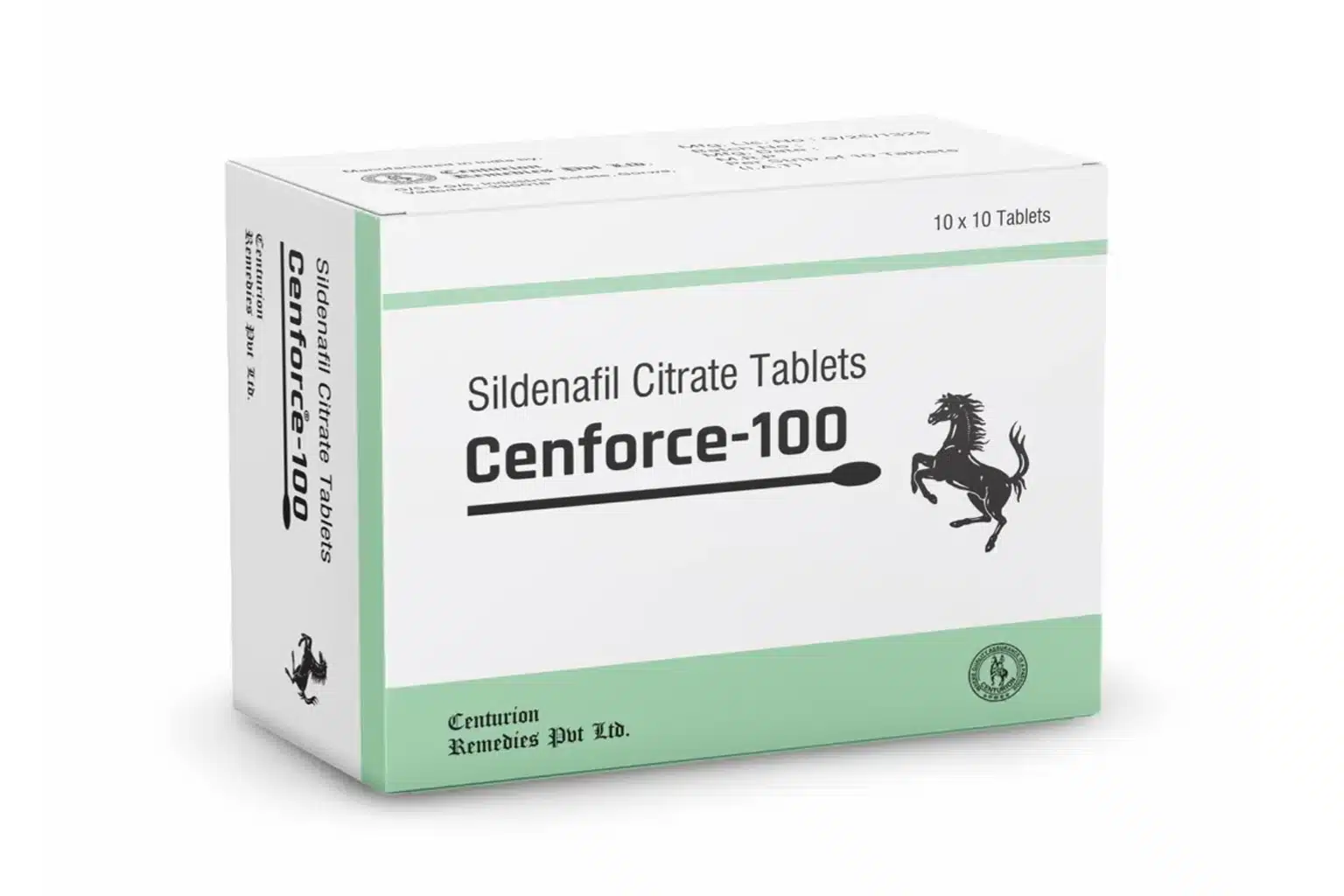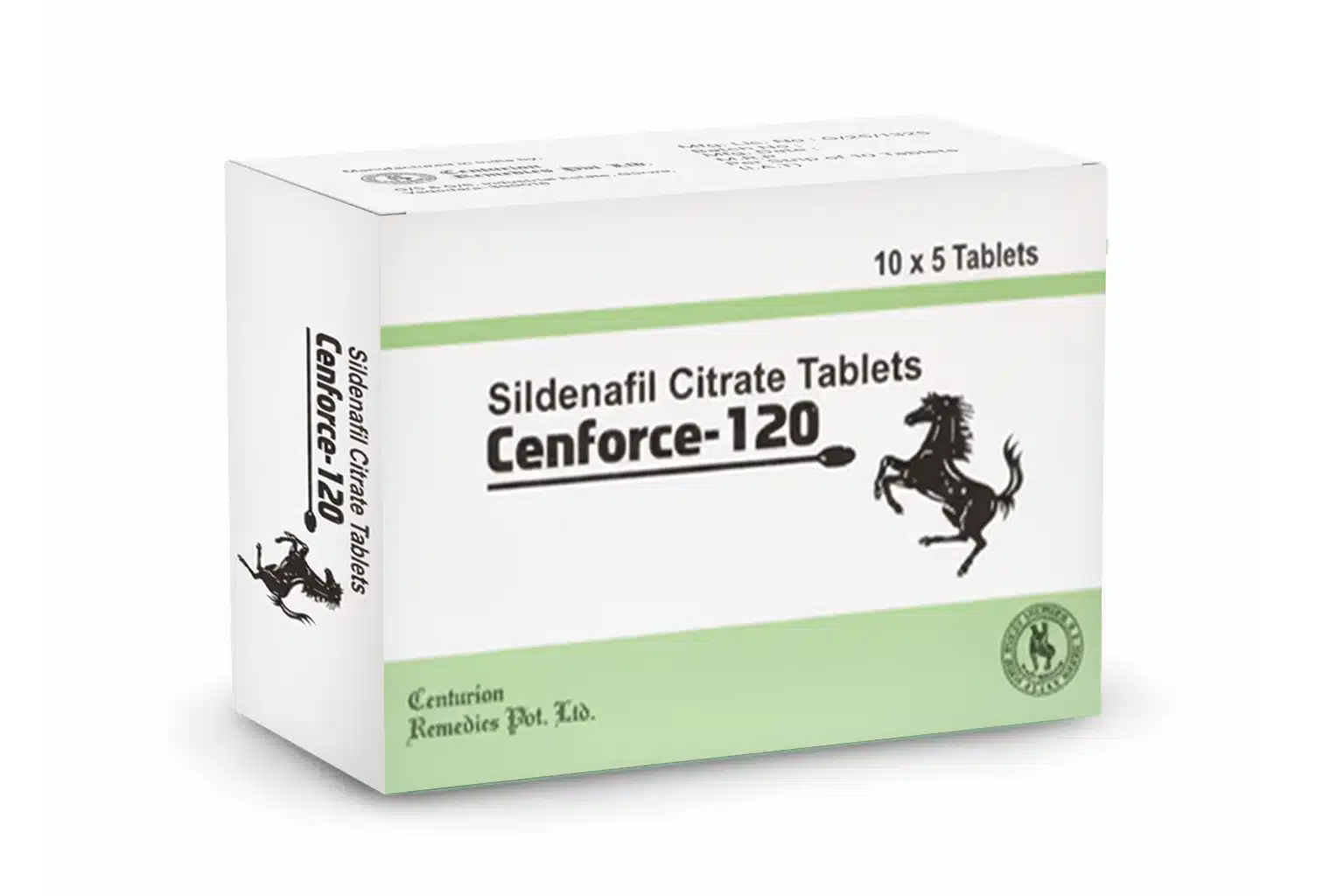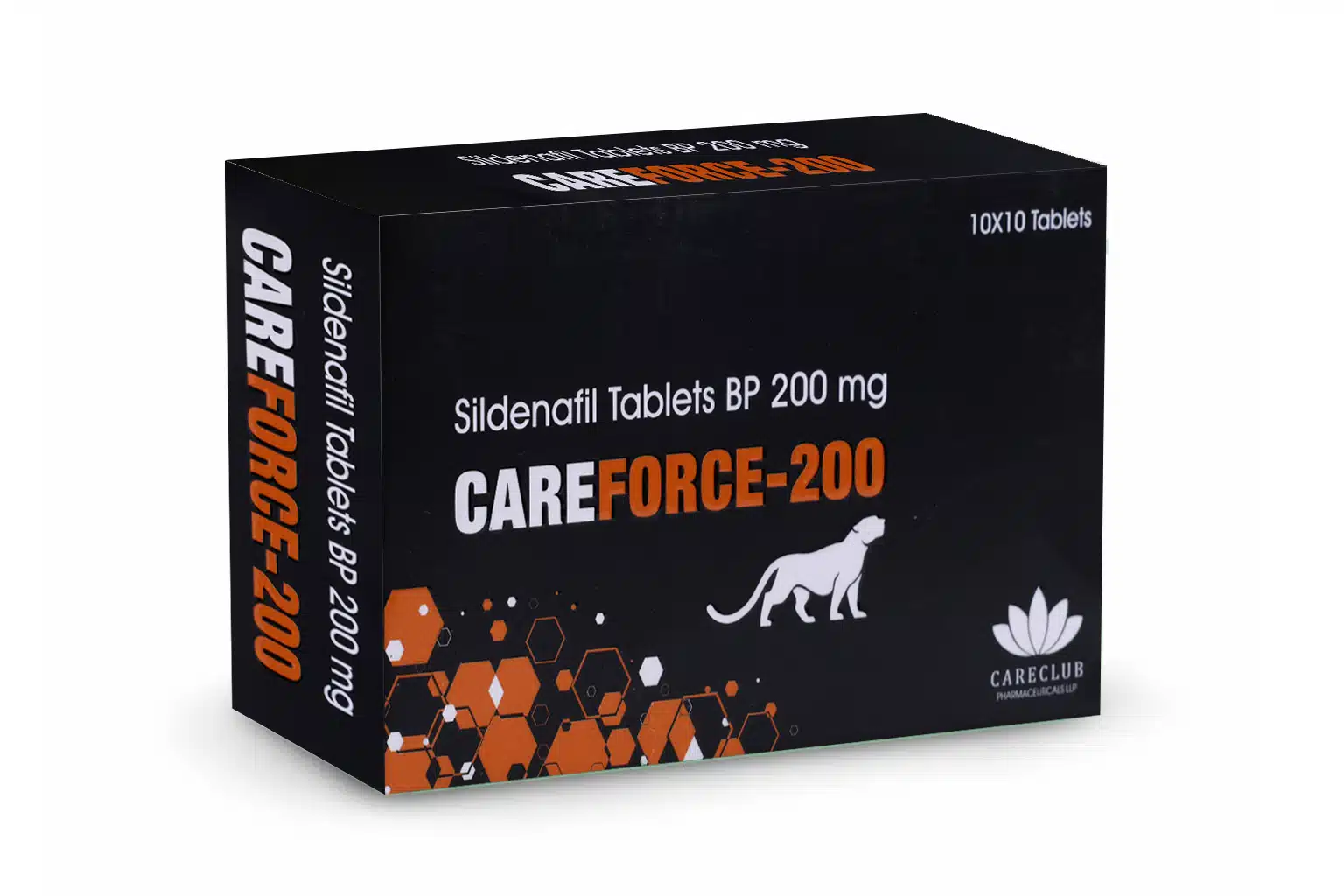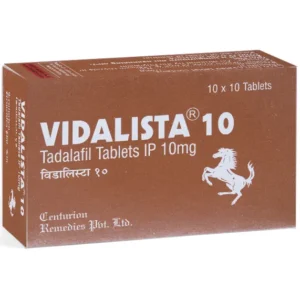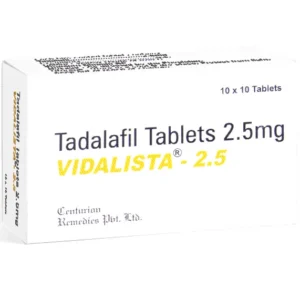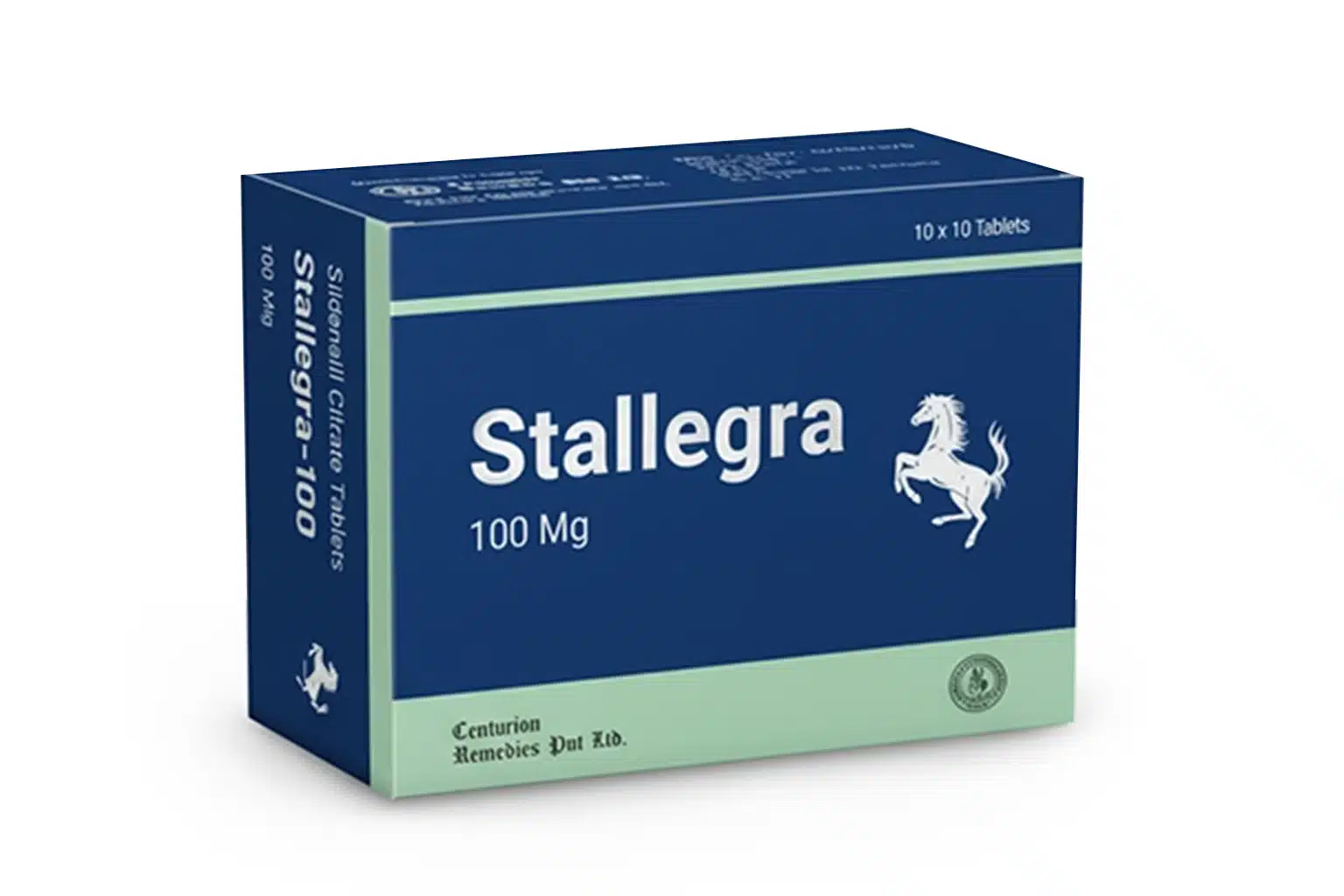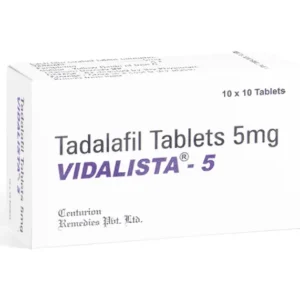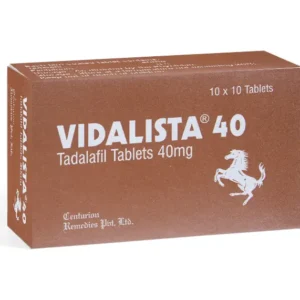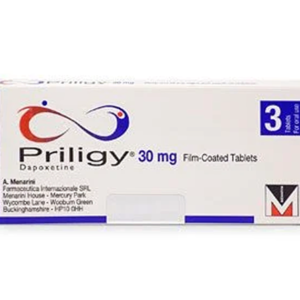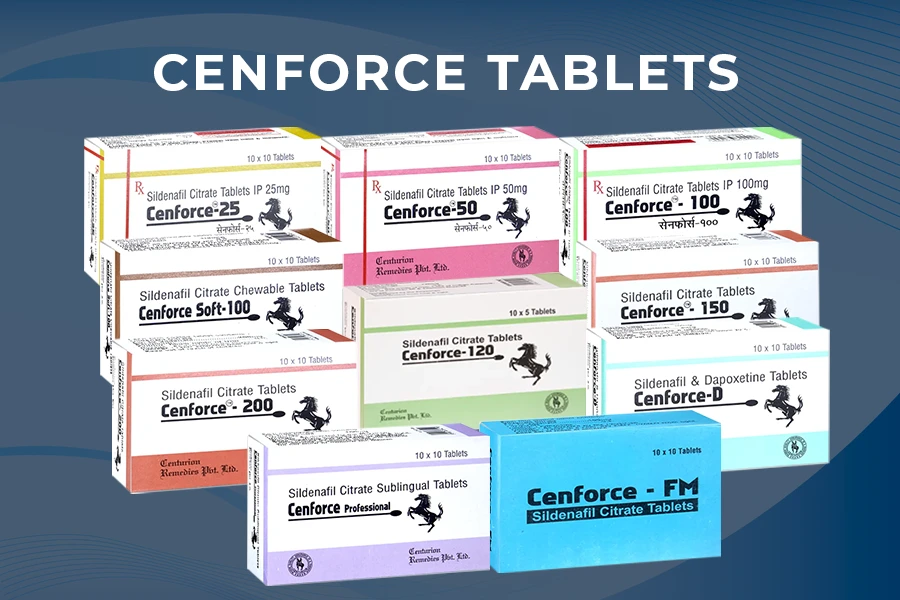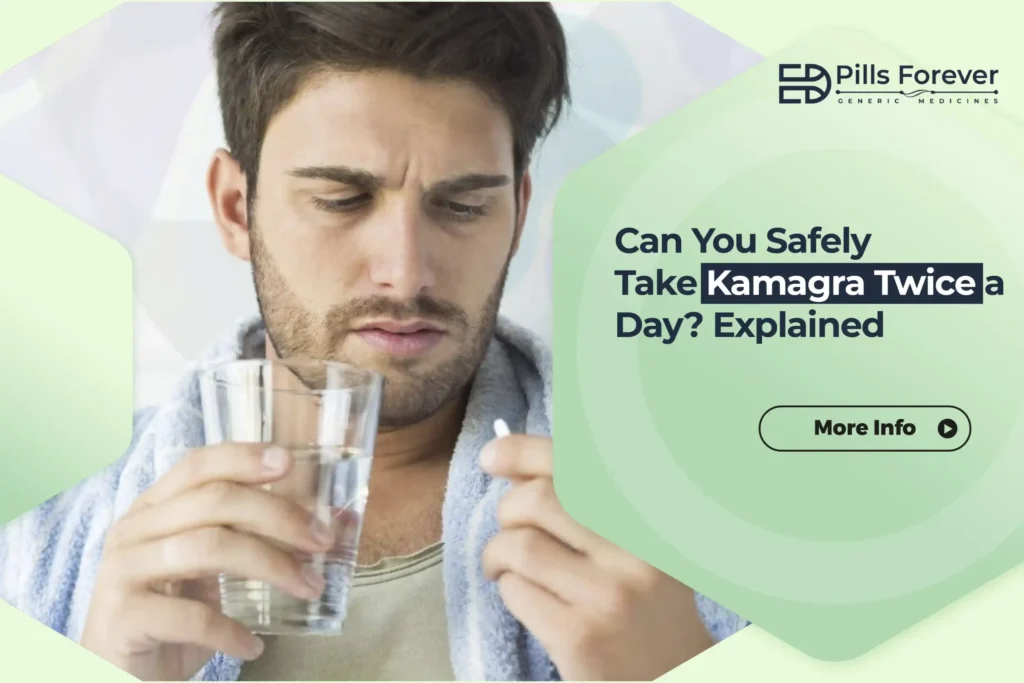Spring breeze, pet cuddle, or a dusty office for millions, the payoff is itchy, red, watery eyes. Allergic conjunctivitis (eye allergy) is extremely common and can be more than an annoyance: it affects work, sleep, and general comfort. Eye allergy relief drops are often the fastest, most practical way to stop the itch, redness, and watering. One such option widely used in many countries is Winolap-DS 2.5 ml, an olopatadine-based ophthalmic solution. This post explains how Winolap-DS works, when to use it, what to expect, safety considerations, and practical tips to get the best result.
What is Winolap-DS?
Winolap-DS is a sterile ophthalmic solution whose active ingredient is olopatadine (commonly available in concentrations such as 0.1%, 0.2% depending on the brand and formulation). Olopatadine is a selective H1-receptor antagonist with mast-cell stabilizing properties: it blocks the action of histamine (the chemical that causes itching and redness) and also reduces the release of other inflammatory mediators from mast cells in the conjunctiva. In short, it both blocks immediate symptoms and reduces the allergic reaction itself.
Why topical drops often beat oral medicines for eye allergies
When the problem is localized to the eye (itching, redness, watering), topical therapy is preferred for speed and fewer systemic side effects. Drops deliver the drug directly where it’s needed, so the onset of relief is faster than oral antihistamines, and much of the drug avoids systemic circulation, which reduces systemic drowsiness or interactions. For many patients, a single application of an effective anti-allergic eye drop provides symptom relief within minutes and sustained control for hours. Clinical development and product pages for olopatadine formulations repeatedly show quick onset and meaningful duration, which explains why olopatadine drops (like Winolap-DS) are widely recommended for seasonal and perennial allergic conjunctivitis.
How Winolap-DS works
Blocks histamine receptors (H1 antagonism). Histamine is the main mediator of the immediate allergic itch. By occupying H1 receptors on the conjunctival surface, olopatadine prevents histamine from binding and triggering itch and redness.
Stabilizes mast cells. Mast cells are the storage site for histamine and other inflammatory mediators. Olopatadine makes these cells less likely to degranulate (release their contents), which reduces further propagation of the allergic cascade.
Dual action = faster relief + fewer recurrences. The combination of immediate receptor blockade and prevention of mediator release means both rapid symptomatic relief and a dampening of ongoing inflammation — this is why olopatadine is often preferred to plain H1 blockers that lack mast-cell stabilization.
What kind of symptoms does Winolap-DS help with
- Winolap-DS is aimed at the classic symptoms of allergic conjunctivitis:
- Intense itching (often the most troublesome symptom)
- Redness of the white of the eye
- Tearing/watering
- Swelling or puffiness of the eyelids in some cases
- It’s not designed to treat infections (bacterial or viral conjunctivitis) or non-allergic inflammatory eye disease. If you have discharge that’s thick and purulent, severe pain, vision loss, or light sensitivity, you need prompt medical evaluation, not just over-the-counter drops. Product monographs and pharmacy pages emphasize olopatadine’s role specifically in allergic conjunctivitis.
Typical dosing and what "2.5 ml" means
Winolap-DS commonly comes in a small bottle (2.5 ml); that size is normal for ophthalmic solutions because only a drop or two is used per dose. Typical dosing for many olopatadine formulations is one drop in the affected eye(s) once or twice daily, depending on the concentration and formulation — follow the prescribing information or your doctor’s instructions. Because the drug acts locally, the small volume stretches a long way: one 2.5 ml bottle may provide dozens to a hundred drops, depending on how the bottle dispenses. Always check the leaflet for the exact concentration and recommended frequency for your specific product.
What to expect after you use it
Onset: Many people feel itch relief within minutes.
Peak effect: Symptoms can continue to improve over the first hour and remain suppressed for many hours. Some formulations are designed for once-daily dosing with extended effect; others are twice daily.
Duration: Depending on concentration and product, relief can last from several hours to a full day (in higher-concentration products studied in trials).
Repeat use: For seasonal flares, using the drops as recommended during the allergy season often keeps symptoms under control.
Evidence and clinical studies: Does olopatadine really work?
Yes. Olopatadine has been studied extensively for ocular allergy. Systematic reviews and clinical trials show that olopatadine reduces ocular itching and redness compared with placebo and, in many trials, provides faster relief versus older agents. A phase-3 trial comparing different concentrations found higher concentrations produced greater reductions in itching and longer duration of action — which is why concentration matters clinically. A long history of use and favorable trial data support its position as a first-line topical anti-allergic for the eye.
Safety profile, what you should know
- Topical olopatadine is generally well tolerated. Common mild side effects include:
Temporary burning, stinging or discomfort on instillation
Mild dry eye or blurred vision shortly after the drop
Rare local hypersensitivity reactions
- Systemic side effects are uncommon because systemic absorption is minimal, but avoid swallowing the drop or using excessive quantities. If you are pregnant, breastfeeding, or taking other medications, check with your prescribing clinician — product pages advise discussing pregnancy and lactation with a doctor. Also, do not use olopatadine if you have a known allergy to the drug or any excipients in the bottle.
Practical tips to get the best results from Winolap-DS
Follow the prescribed frequency. Overuse does not mean faster relief and may increase the risk of irritation.
Avoid contact lenses while using the drops unless the leaflet explicitly allows it for your formulation — soft lenses can absorb preservatives and become uncomfortable. Remove lenses before instillation and wait the recommended time before reinserting.
Wash your hands and avoid touching the dropper tip. This prevents contamination.
If both eyes are affected, dose both eyes. A single-bottle solution is sterile only until the marker on the bottle; discard according to the expiry after opening.
Use as part of a combined approach during seasonal flares. Environmental control (air purifiers, allergy-free bedding, limiting outdoor exposure during high pollen times) plus topical drops often gives the best control.
If symptoms persist or worsen after a few days, see an eye doctor. Persistent redness, pain, or vision changes require evaluation.
When NOT to use Winolap-DS
- If you have a known allergy to olopatadine.
- If your symptoms suggest infection (purulent discharge, severe pain, vision changes), those need different treatment.
- In very young children, check the specific product leaflet for age restrictions; many olopatadine drops have pediatric age limits.
How Winolap-DS compares to other eye allergy relief drops
There are several classes of topical anti-allergics:
Pure antihistamines — fast onset but may lack mast-cell stabilization.
Dual-action agents (like olopatadine) — offer immediate relief plus prevention of further mediator release.
Mast-cell stabilizers (e.g., cromoglycate) — good for long-term prevention but slower onset.
Combination steroid/antibiotic drops — reserved for severe inflammatory flares and require medical supervision due to steroid risks.
Olopatadine’s combination of rapid relief and mast-cell stabilization gives it an advantage for many patients seeking both quick comfort and control during allergy season. Higher-concentration formulations have been shown to produce longer relief in controlled trials, which is why product concentration matters when comparing options.
Real-world use: who benefits most
People with seasonal allergic conjunctivitis (pollen, grass, ragweed) who want fast relief.
Those with perennial allergic conjunctivitis (pet dander, house dust mite) using drops during exposure or continuously for control.
Patients who experience a strong itch but want to avoid systemic side effects from oral antihistamines.
Practical scenario: using Winolap-DS during a pollen spike
If you know a high-pollen day is coming (forecast shows high pollen counts), start your drops in the morning before exposure to reduce the initial allergic response. Combine drops with sunglasses outdoors, shower and change clothes after being outside, and keep windows closed when pollen counts are high. For many users this combined approach significantly reduces symptom days.
Bottom line
Winolap-DS 2.5 ml (olopatadine ophthalmic solution) is a well-established, evidence-backed choice among eye allergy relief drops. Its dual mechanism — rapid H1 antagonism plus mast-cell stabilization — explains why it relieves acute itch quickly and helps prevent recurrent irritation during allergen exposure. It’s generally safe, easy to use, and frequently recommended for seasonal and perennial allergic conjunctivitis. Always follow product instructions and consult your eye care professional if you have severe or persistent symptoms
FAQs
Q1: Are Winolap-DS drops safe for long-term use?
For many patients with perennial allergies, using topical olopatadine as directed for extended periods is acceptable, but long-term use should be under supervision. If symptoms are chronic or worsen, consult an ophthalmologist to rule out other causes and assess the need for alternative therapies.
Q2: How fast will my itching stop after one drop?
Many users report noticeable relief within minutes, with greater improvement over the next hour. Studies show a rapid onset for olopatadine formulations compared to placebo.
Q3: Can I use these drops with contact lenses?
Most ophthalmic drops advise removing soft contact lenses before instillation because preservatives can be absorbed into the lens. Wait the recommended time (often 10–15 minutes) before reinserting lenses. Check your package leaflet.
Q4: Are there age restrictions?
Some olopatadine products are safe in children above a certain age (often 3 years or older), but check the specific product label and get pediatric advice when needed.
Q5: What if I’m pregnant or breastfeeding?
Discuss with your healthcare provider. Available data are limited, and a doctor will weigh the risks and benefits for your situation.
References
Abelson MB. A review of olopatadine for the treatment of ocular allergy. (Review article) — PubMed. PubMed
McLaurin E, et al. Phase-3 randomized double-masked study of efficacy… (olopatadine concentration trial). Cornea. 2015. Lippincott Journals

